Italian cuisine enjoys global recognition and popularity. From pizza and pasta to gelato, many people have their favorite Italian meals and local restaurants they love. There’s even a common dream to indulge in authentic Italian food right in Italy itself. But what makes Italian food so unique and beloved?
Jump to a section of this article
An Overview of Italian Cuisine
Italian cuisine is based on two main concepts: diversity and simplicity. Each of Italy’s regions offers distinct dishes that reflect the area’s geographical, historical, and cultural backgrounds. Such diversity fosters local pride and identity.
Regional delights like Sicilian Arancini (fried rice balls) and Venetian Sarde in Saor (sardines in a sweet-sour sauce) represent vastly different flavor profiles, showing that no single style or taste can define Italian cuisine as a whole.
A common thread in all Italian cooking is the preference for simple preparations using fresh, local ingredients. Restaurants prioritize seasonal produce, and chefs take great pride in serving freshly caught seafood or herbs straight from their gardens.
This devotion to fresh ingredients is why even the simplest dishes, like buffalo Mozzarella paired with tomatoes, taste exceptional in Italy—thanks to the high-quality produce and the generous drizzle of extra virgin olive oil.
With the fundamental principles of regional diversity and straightforward cooking, Italian gastronomy has spread around the world. Its influence can be felt not only in restaurant kitchens but also in the everyday eating, shopping, and cooking habits of people globally.
History of Italian Cuisine
The Origins of Italian Cuisine
Italian cuisine has its roots dating back to 400 BC when a Greek scholar in Sicily noted the importance of fresh ingredients and straightforward fish preparation. As the Roman Empire expanded, culinary simplicity evolved into indulgence as they imported spices, grains, seafood, fruits, cheeses, and meats to elevate their diets.
Italian Food in The Middle Ages
After the decline of the Roman Empire, Italy experienced new culinary influences during the Middle Ages. Northern regions adopted butter and beer, while the southern parts welcomed Arab imports of fruits, vegetables, and wheat for pasta.
Amidst the lavish banquets of the Roman era, the rise of Christianity emphasized simpler meals, including fasting and a focus on bread and legumes. A 15th-century Roman cookbook highlighted the value of fresh herbs over dried spices, foreshadowing the future regional variations that Italian cuisine is celebrated for today.
The Renaissance of Italian Food
The Renaissance marked a flourishing of Italy’s culinary arts parallel to its advancements in art, music, and philosophy. The burgeoning bourgeoisie embraced food for pleasure, resulting in unique culinary experiments.
Tuscany rose to prominence during this era, becoming renowned for its olive oil, wine, and meat, which first gained popularity between the 1400s and 1600s. Other regions also began specializing in distinctive cuisines during this time, such as opulent banquets for the Pope in Rome and the spice trade in Venice.

Italian Cuisine in The 18th & 19th Centuries
The emphasis on regional differences persisted into the 18th century as Italian chefs sought to establish their culinary identity against the popular French cuisine. They focused on enhancing regional specialties rather than a uniform national flavor.
Cookbooks from this era began addressing everyday cooking for Italians at home, making Italian culinary practices more accessible thanks to advancements in food technology.
WW2 & Post-War Italian Food
World War II brought ingredient rationing in Italy, forcing families to innovate with substitutes. However, after the conflict, ingredients that were once considered luxurious became more readily available with the advent of home refrigerators and ovens. Italians shifted back to enjoying simple, convenient meals that accommodated their busy lifestyles.
Many traditional ingredients and cooking methods began receiving legal protection under EU law in the post-war era, reinforcing the cultural and historical significance of Italian cuisine and increasing its respect on a global scale.
Italian Cuisine Today
Today, authentic Italian cuisine remains characterized by its regional diversity and a commitment to traditional cooking methods. However, this dedication often clashes with modern trends such as fusion cuisine and fast food. The Slow Food movement, initiated in 1986, exemplifies efforts to preserve what makes Italian gastronomy worth the wait.
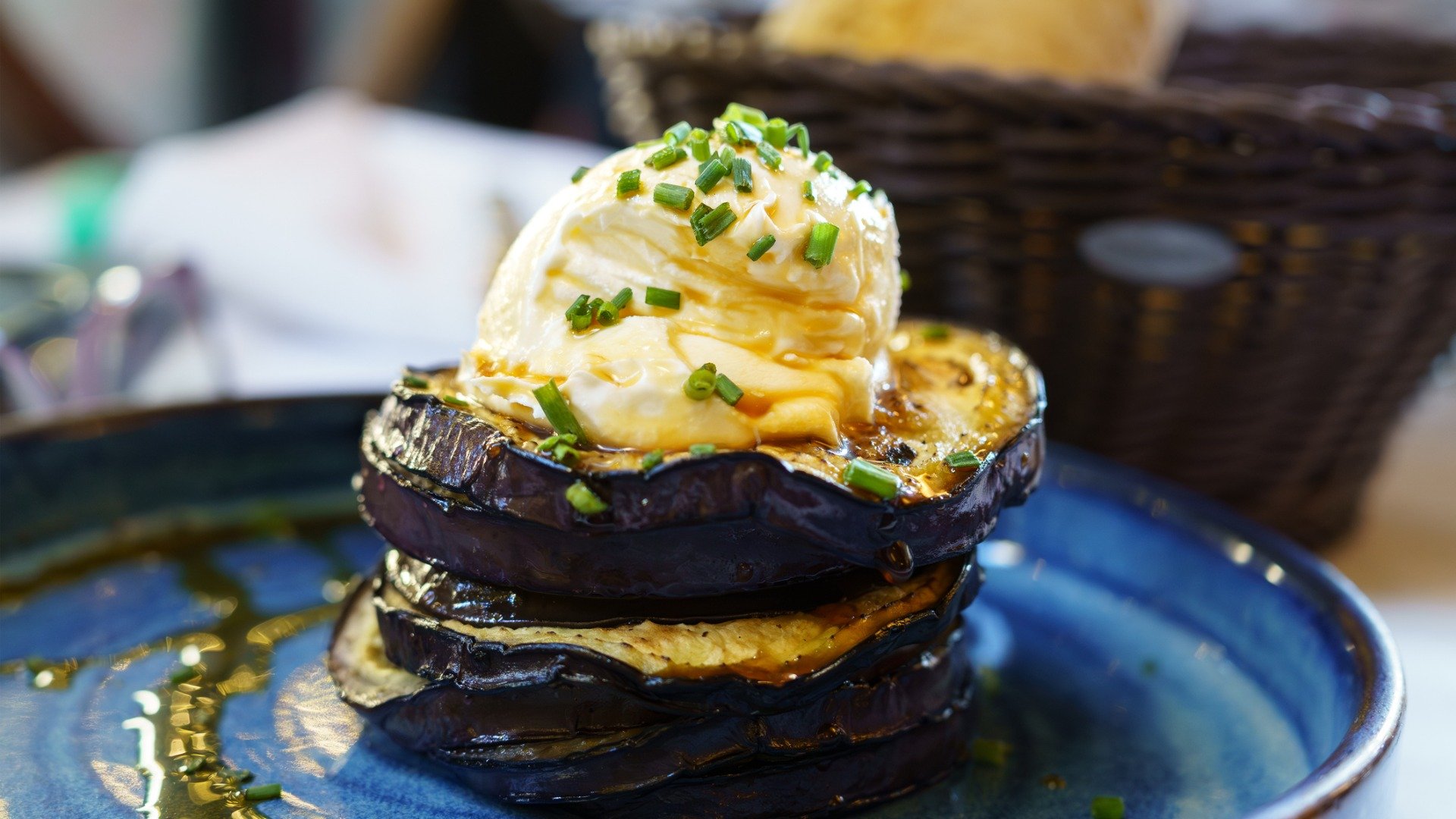
Key Ingredients of Italian Food
Despite the diversity in Italian cuisine, certain key ingredients are closely tied to its identity.
Olive Oil
The cultivation of the olive tree began in Greece around 2800 BC and spread across the Mediterranean as the Greeks explored and conquered new lands. Olive oil became a staple of Ancient Roman cooking and continues to be a fundamental ingredient in modern Italian cuisine.
Italy ranks as the second-largest producer of olive oil, following Spain, and the third-largest consumer, behind Greece and Spain. Regions such as Calabria, Puglia, and Tuscany are known for extensive olive oil production.
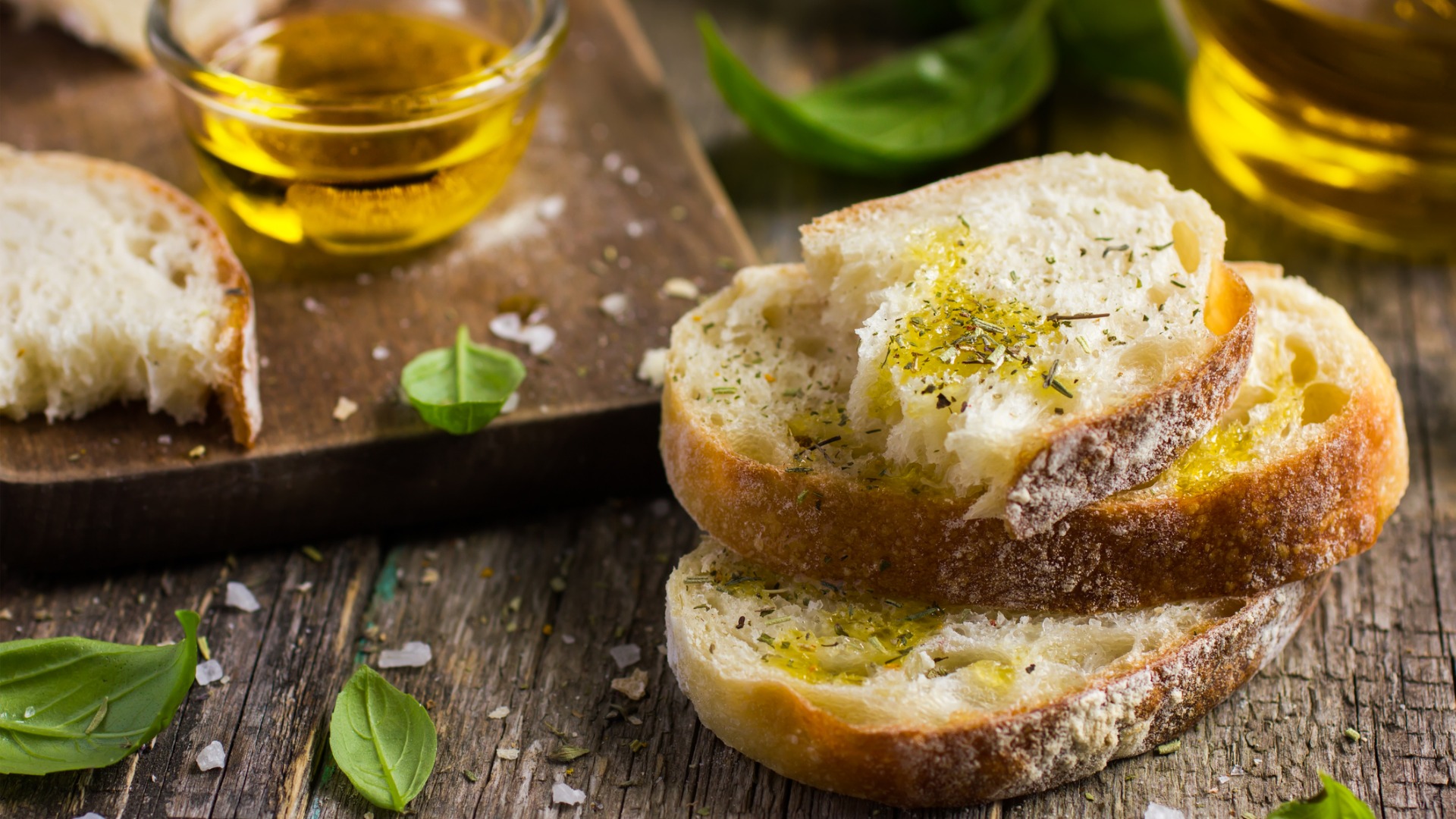
Tomatoes
Tomatoes were introduced to Italy via the Columbian Exchange during the colonization of the Americas. Initially, Italians used tomato plants as ornamental decor, but by the 17th and 18th centuries, fresh tomatoes began finding their way into various Italian recipes.
Over the centuries, different varieties of tomatoes have been cultivated to suit specific growing regions, giving rise to new uses, including sun-dried tomatoes and pizza sauces.
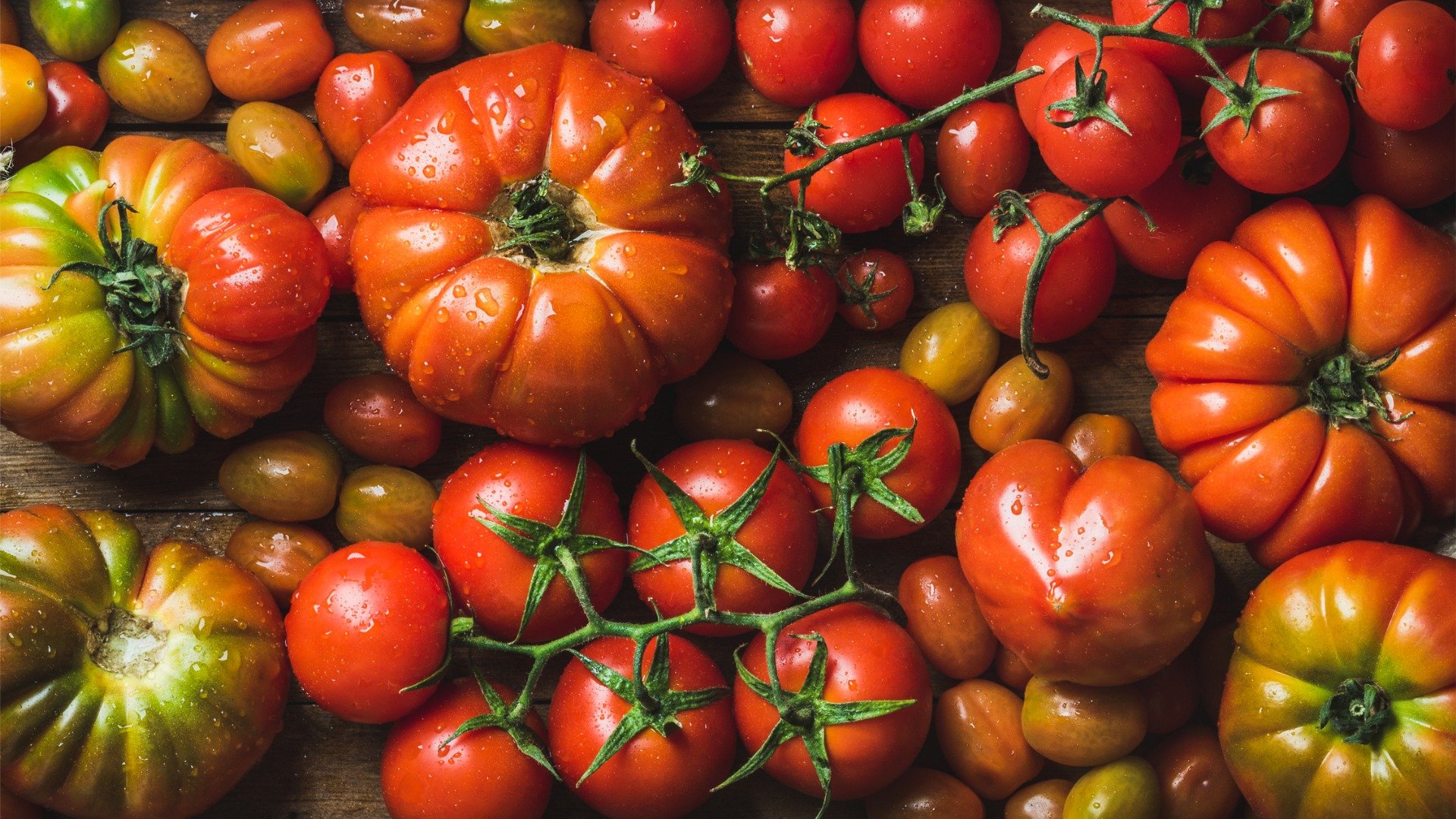
Herbs
Italian cuisine, known for its emphasis on simplicity, equally cherishes fresh herbs and regional spices. Basil, for instance, is a key ingredient in northern Italy, appearing in pesto and on pizzas. Two prominent types of basil are grown here: Genovese and Napolitano.
Oregano also plays a vital role in southern Italian cooking, where it’s typically paired with spicy dishes, grilled meats, and vegetables. Following World War II, American soldiers brought oregano back to the U.S., where it became a staple for pizza.
Rosemary is another prevalent herb enjoyed throughout Italy, particularly in the Abruzzo region. You’ll find it enhancing the flavors of various dishes, including stuffed meats and Focaccia bread.
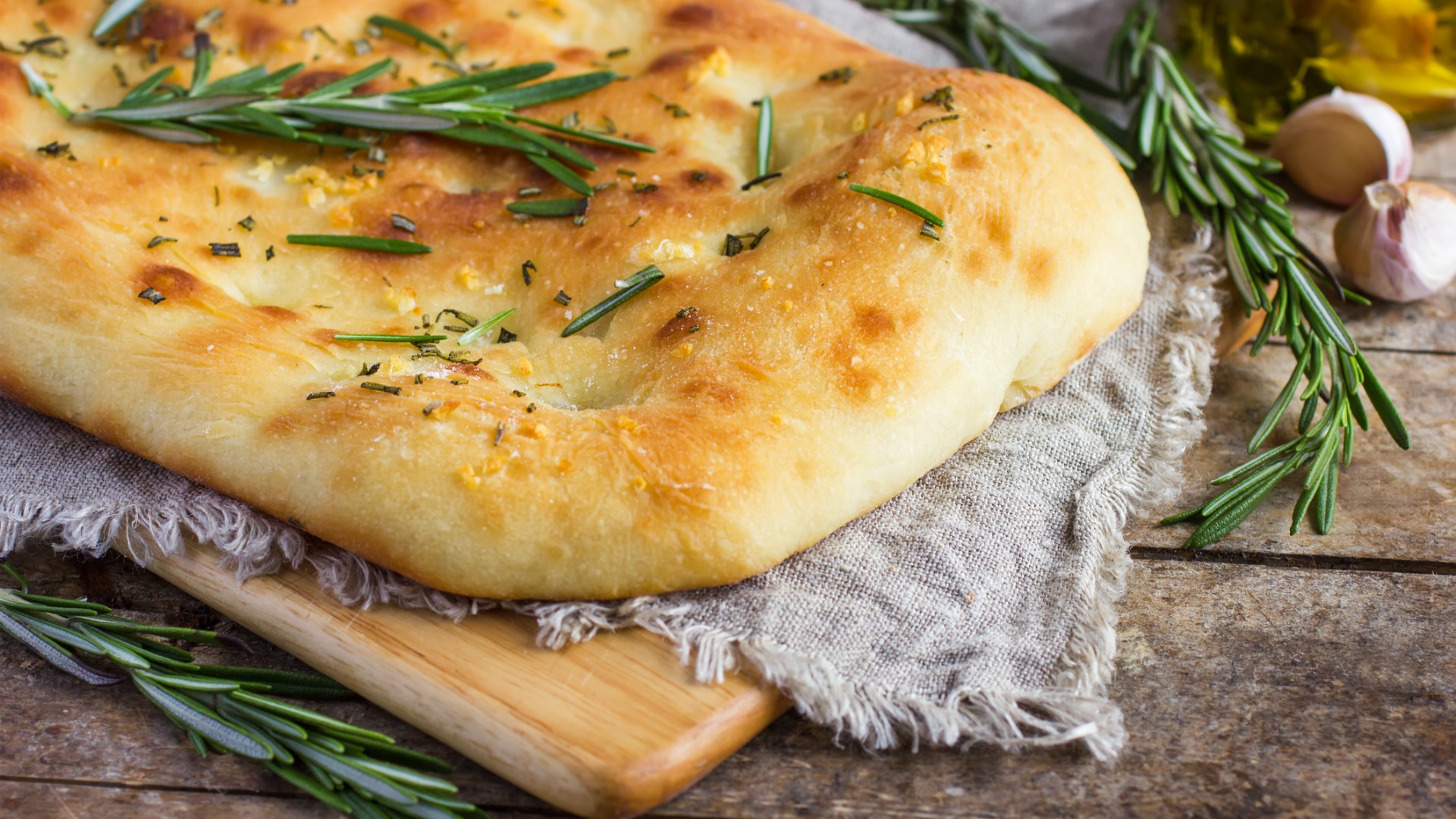
Cheese
Cheese has been an essential component of Italian cuisine for centuries. Known for their exceptional cheese-making skills, Greek bakers in Sicily were regarded as the best during the Roman Empire. Cheese remained a staple food, gaining legal protections and trademarks in modern times.
Just like other ingredients, every region of Italy is known for its distinct cheese varieties. In Emilia-Romagna, Parmigiano Reggiano is the most popular choice, while buffalo Mozzarella is renowned in the south. Ricotta cheese adds richness to both sweet and savory dishes nationwide, including famous cannoli in Sicily.
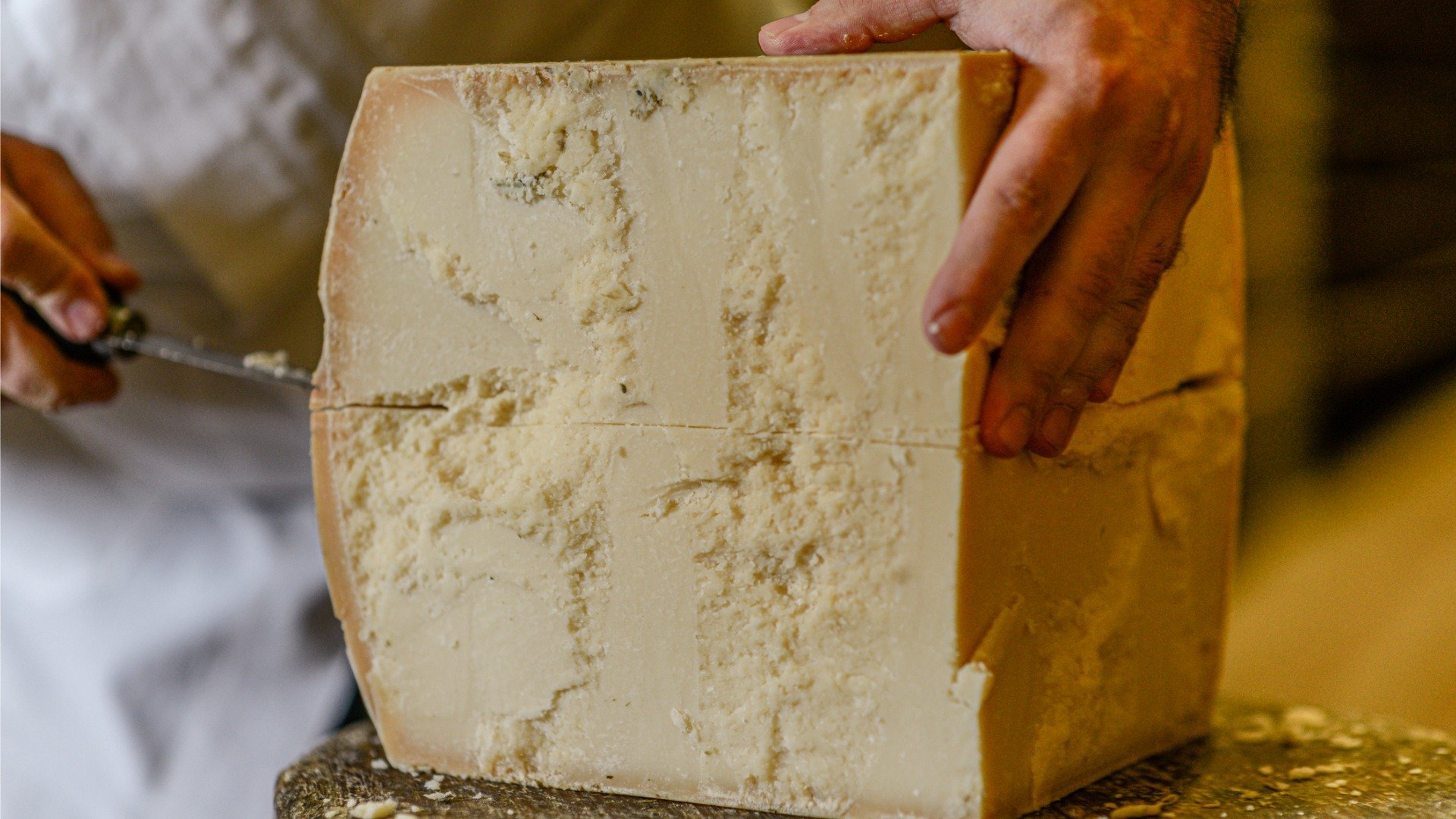
Meat & Seafood
Though there was a historical shift toward vegetarianism during the Middle Ages, meat and seafood have always been significant aspects of the Italian diet. Beef, pork, and poultry appear as primary dishes or in pasta recipes. Notably, Italy is famous for its cured meats, including Prosciutto, Salami, and Pancetta from the Emilia-Romagna region.
Seafood is particularly popular in Italy’s coastal areas, traditionally served as a second course during meals and often featured on Christmas Eve. Mussel dishes are abundant in Puglia and Abruzzo, while stuffed fish is common in Marche and the sardines are especially loved in Sardinia.
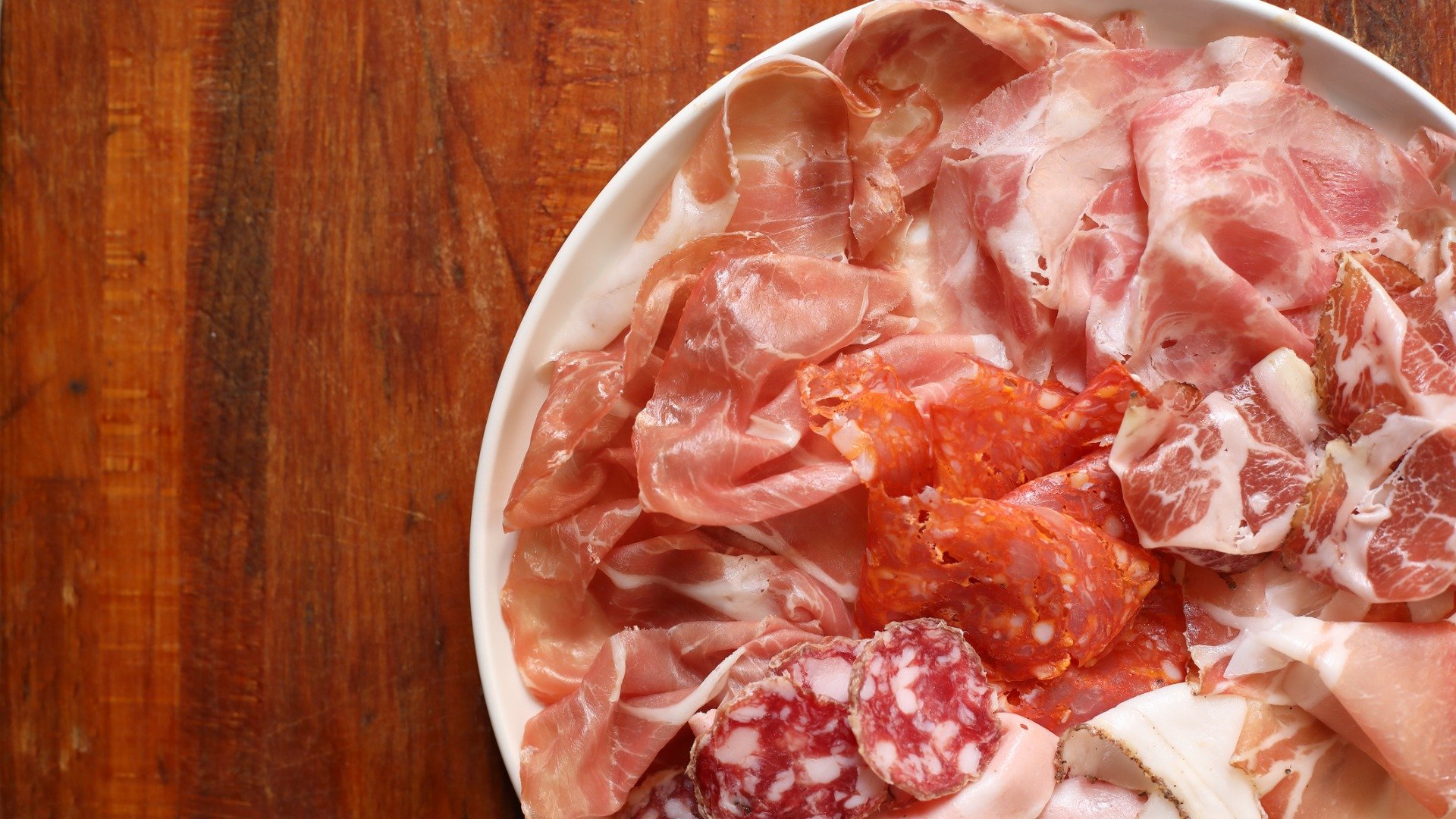
Regional Variations of Italian Cuisine
As previously noted, Italian cuisine exhibits vast regional differences, offering an exceptional gastronomical experience no matter where you are. Below are some key characteristics and popular dishes from Italy’s various regions.
Northern Italy
In Northern Italy, you frequently encounter fish, potatoes, rice, corn, and hearty meats like pork and sausages. Pasta is also widely consumed, typically utilizing fresh eggs, in contrast to the dried durum wheat pasta more common in Southern Italy.
Liguria, located in northwest Italy, is celebrated for its fresh seafood, herbs, and vegetables. This region is particularly well-known for its Pesto sauce and local Focaccia, and chickpeas and chestnuts also feature in their dishes.
On the northeastern coast, the Veneto region showcases diverse culinary influences based on proximity to the coast. Venice is famous for its seafood dishes, such as squid ink Risotto, whereas inland, meat, asparagus, and pumpkin are more prominent. Throughout these regions, Polenta is a staple dish.
Lombardy stands out for its inclination toward stuffed pasta rather than dried noodles, a preference for butter over olive oil, and a mix of rice and polenta. Iconic dishes from Lombardy include Risotto alla Milanese (with saffron), Ossobuco (veal stew), stuffed pasta, Grana Padano, Gorgonzola cheese, and the renowned Panettone dessert.
Emilia-Romagna may be the most renowned region for food lovers in all of Italy. This area is the birthplace of beloved pasta dishes like Tortellini, Tagliatelle, and Lasagna, along with staples such as Parmesan cheese and balsamic vinegar. Emilia-Romagna is also famed for its cured meats.
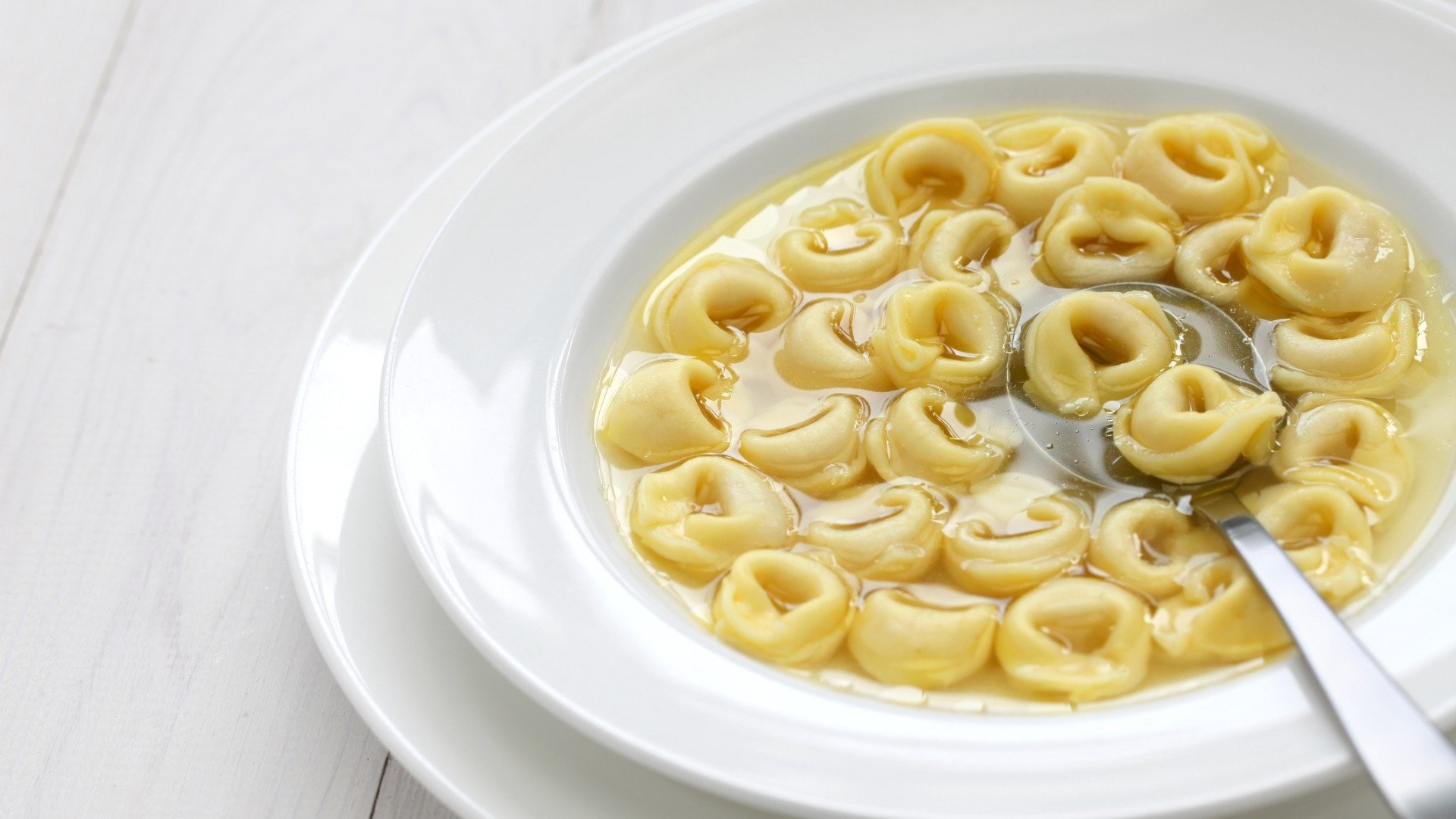
Central Italy
Central Italy encompasses the regions of Lazio (home to Rome), Tuscany (home to Florence), Umbria, and Marche.
Lazio’s produce is primarily sourced from the Roman Campagna, leading to the inclusion of artichokes, peas, lamb, and goat in regional dishes. Notable Roman dishes include pasta Carbonara and Arrabbiata, showcasing local ingredients like Pecorino Romano cheese and Porchetta.
Tuscan cuisine emphasizes simple cooking that showcases fresh local ingredients. Signature dishes include Ribollita (a hearty soup using leftovers), Pici (hand-rolled pasta), and Bistecca alla Fiorentina (Florentine steak). Tuscany is also acclaimed for game meat served with Pappardelle, prized white truffles, and its excellent wine region.
In Umbria, the local cuisine utilizes olive oil and herbs, with many dishes roasted or boiled. Typical ingredients include game (like boar and pheasant), black truffles, lentils, and freshwater fish. Marche, on the other hand, highlights seafood along the coast and pork inland.
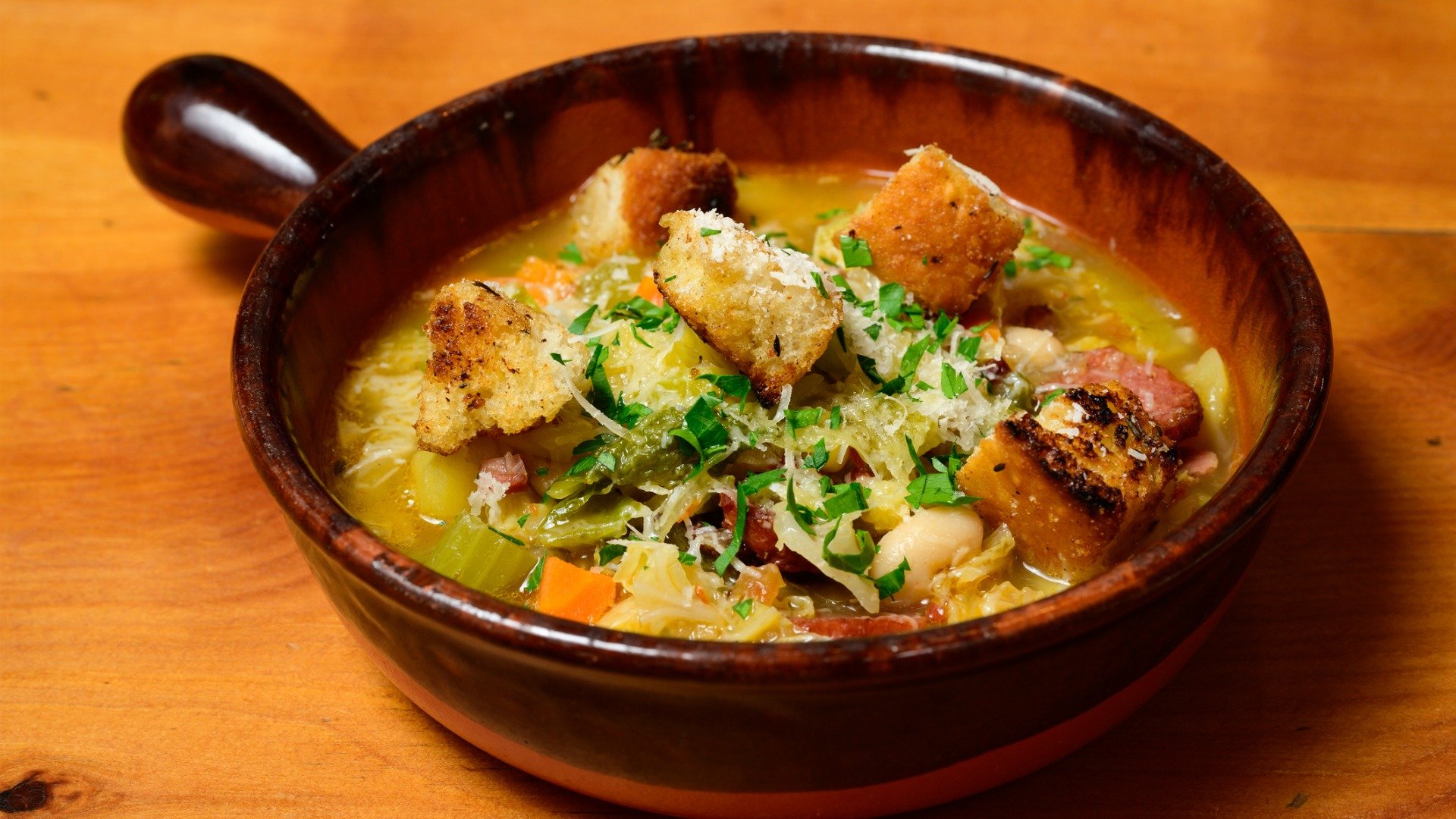
Southern Italy
Southern Italy includes the regions from Abruzzo to Calabria, with Campania (the birthplace of pizza) being the most iconic for its culinary contributions.
The volcanic soil around Campania imparts a unique flavor to the produce grown there, including tomatoes, peppers, potatoes, and onions. The modern pizza as we know it emerged from Naples in the 17th and 18th centuries, featuring the famous local tomatoes and Mozzarella cheese.
Beyond Pizza Napoletana, Campania also has a strong pasta culture, with Spaghetti alla Puttanesca being a local favorite. The region is also known for its delectable desserts, including Struffoli and Sfogliatelle, and fresh seafood from the Bay of Naples.
In other southern regions, spicy ingredients like chili peppers and lamb dominate dishes in Abruzzo and Molise, while Puglia highlights local produce with famous dishes like Orecchiette pasta, Zeppole donuts, and Focaccia bread. This area also produces exceptional olive oil.
Calabria and Basilicata round out Southern Italy’s array of flavors. French and Spanish influences are particularly strong in Calabria, known for its seafood, spicy sausages, and its take on Neapolitan pizza. Rural traditions influence the cuisine in Basilicata, featuring ingredients like pork, horseradish, and Crusco pepper.
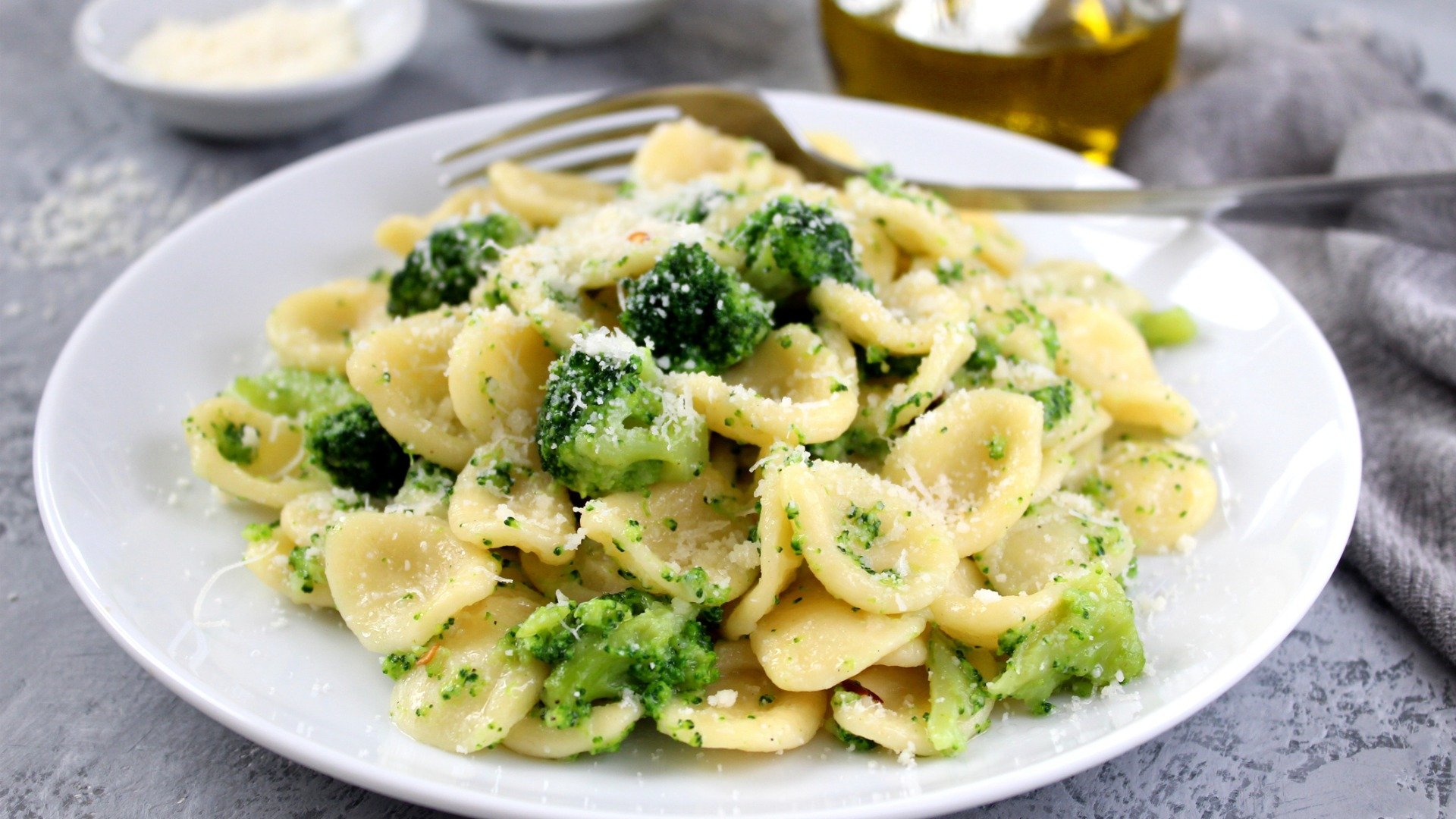
Islands
Italy’s major islands, Sicily and Sardinia, boast their own remarkable culinary heritage.
Sicilian cuisine draws heavily from historical influences, including Greek, Spanish, and Arab. Today’s Sicilian dishes emphasize fresh vegetables and seafood, with some North African vibes seen in ingredients like couscous and mint.
Signature Sicilian dishes include Arancini (stuffed rice balls), Pasta alla Norma (eggplant pasta), and desserts like Cannoli and Granita.
Sardinia, on the other hand, offers a mix of both meat (such as boar and suckling pig) and freshly caught seafood. Additional ingredients commonly found include herbs like mint and myrtle, sheep’s cheese, and the famous Malloreddus pasta.
Sardinia is also celebrated for Pane Carasau, a dry flatbread. When topped with tomato sauce, cheese, and a poached egg, it transforms into Pane Frattau, the island’s own pizza version.
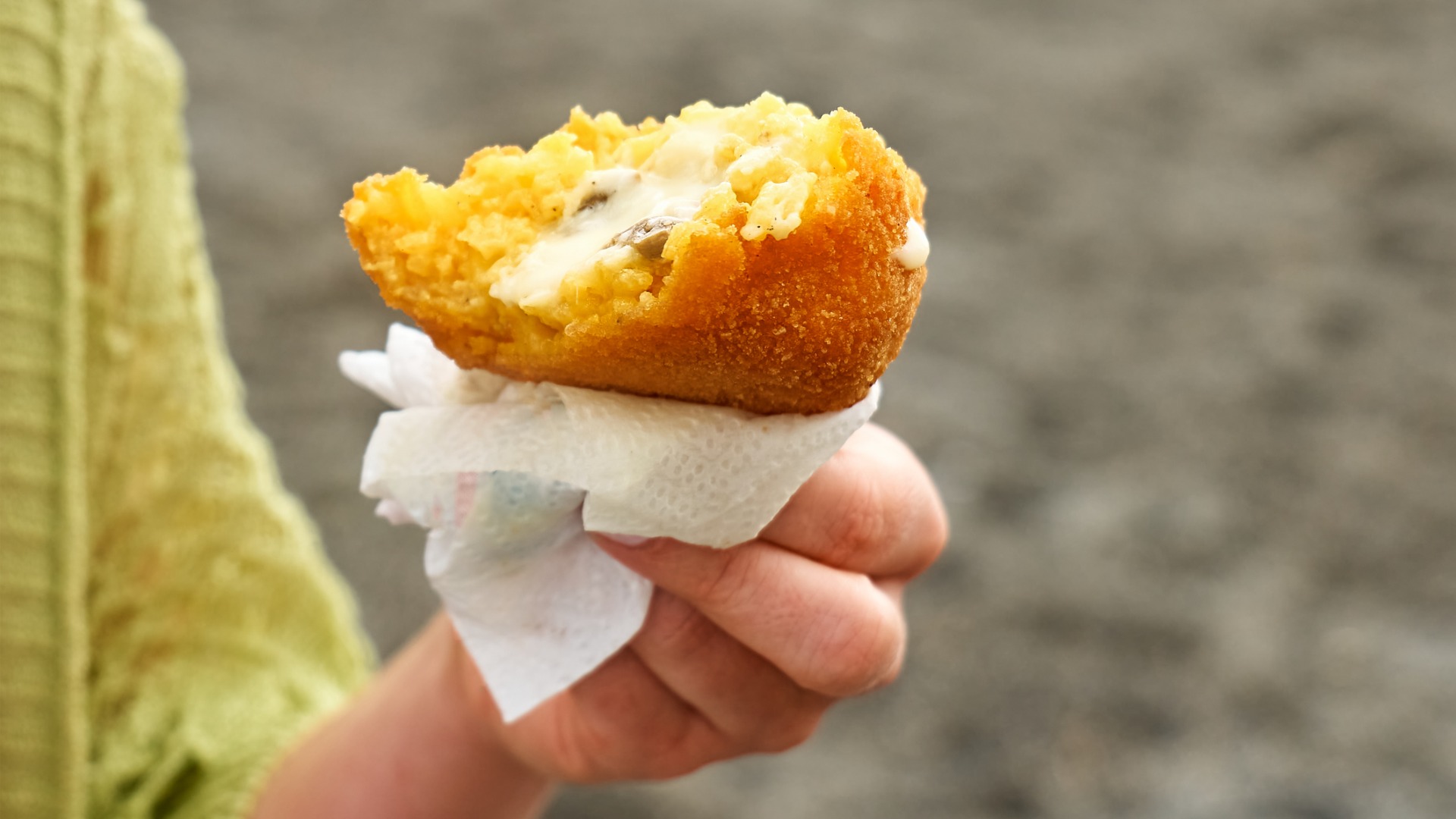
Iconic Italian Dishes
You may already be familiar with some of Italy’s most iconic dishes, but here are a few of our favorites.
Pasta
Pasta is a beloved staple recognized throughout Italy, with each region developing its signature shapes, ingredients, and sauces. In Rome, the rich Carbonara, made with cured meat, eggs, cheese, salt, and black pepper, holds a special place. In Puglia, you can find Orecchiette, often handcrafted on the streets.
Emilia-Romagna stands out as the birthplace of some of the most renowned pasta types, including Tortellini, Lasagna, and Tagliatelle. You can enjoy Tortellini stuffed with meat, cheese, and eggs in broth, or fresh Tagliatelle served with a savory meat sauce.
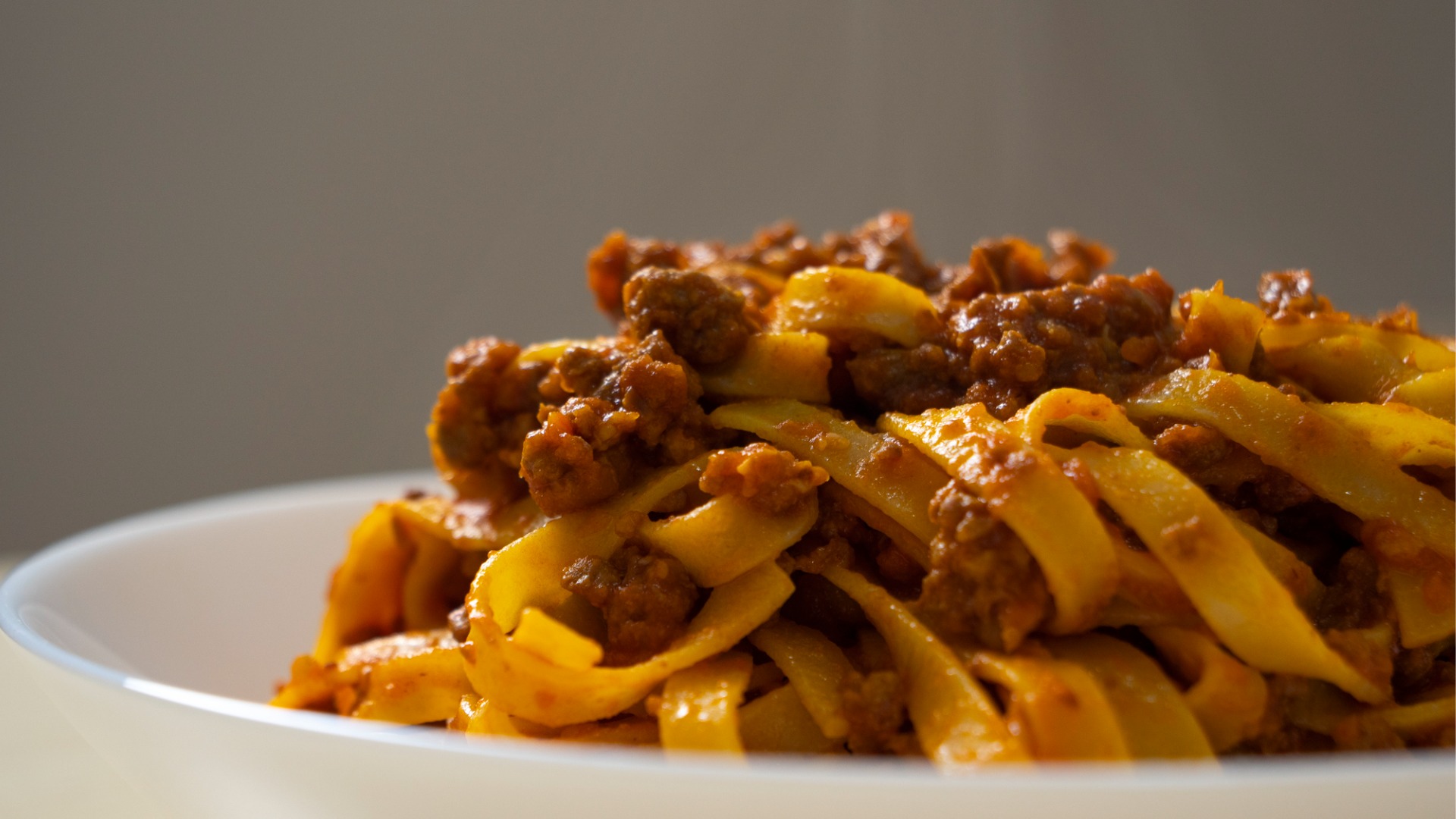
Pizza
While modern pizza has its birthplace in Naples, various regions across Italy have put their unique spin on it. In Rome, pizza is often thicker and can be served in square slices, whereas in Sardinia, you may find it on a crunchy flatbread.
The classic Pizza Margherita features three iconic Italian ingredients: tomato, Mozzarella, and basil, symbolizing the colors of the Italian flag—red, white, and green.
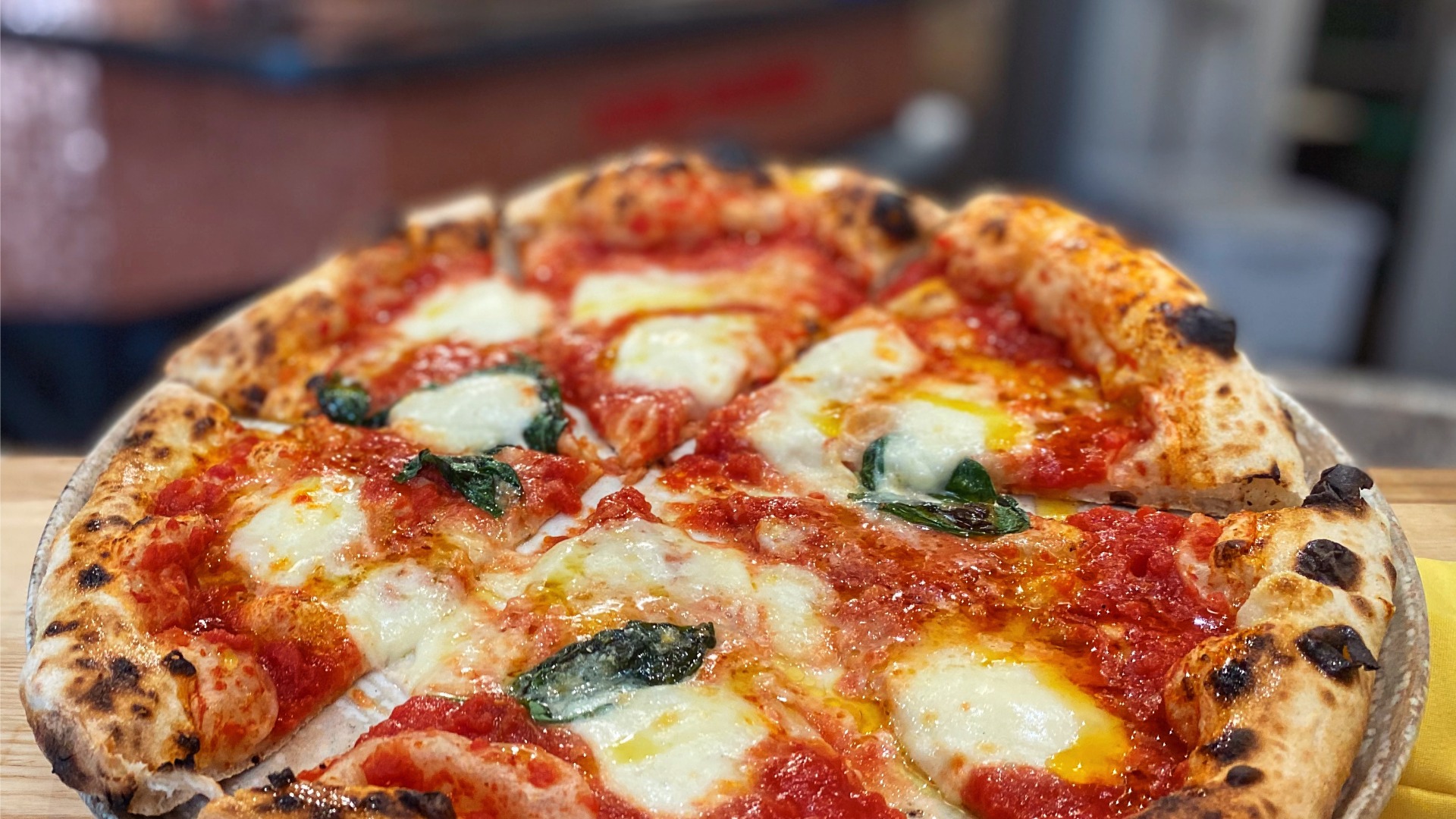
Risotto
Risotto, a creamy rice dish, is a staple across Northern Italy, where rice is simmered in broth until it achieves its signature texture. Each region offers its own unique take, with flavors that vary widely.
For instance, Risotto alla Milanese hails from Milan, using beef stock and saffron for a distinct yellow hue, while Risotto al Nero di Seppia from Veneto features cuttlefish ink for a black version. Other types include those infused with red wine, seafood, mushrooms, and pumpkin.
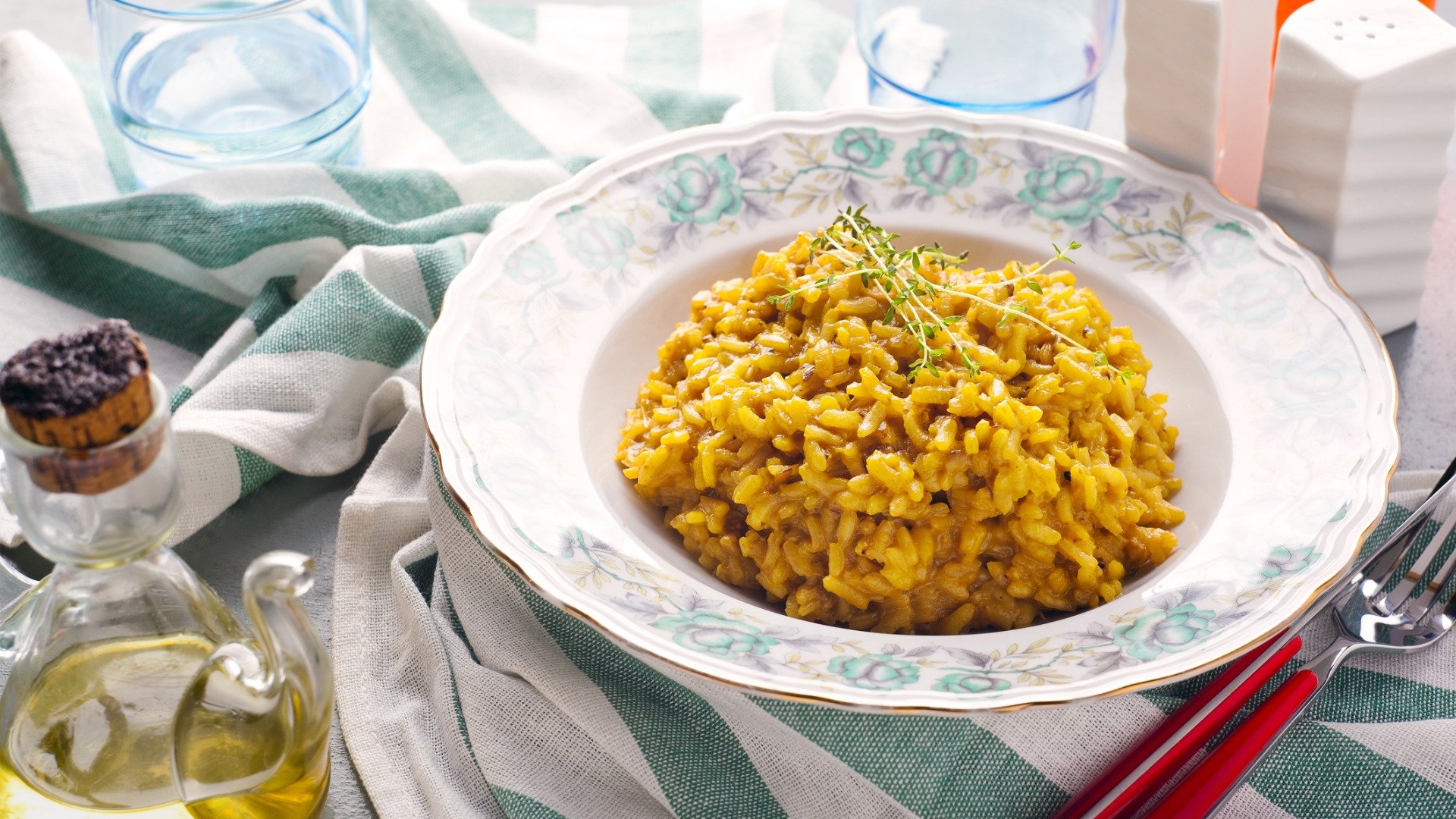
Antipasti
Antipasti refer to small, hand-held appetizers presented prior to the main meal. They vary widely across Italy and can be served hot or cold, ranging from a simple meat and cheese platter to deep-fried snacks.
Two well-liked antipasti include Bruschetta and Arancini. Bruschetta, which dates back to Ancient Rome, is grilled bread topped with garlic and olive oil, often garnished with tomatoes. Different regional variations may use additional ingredients like meat, vegetables, or beans. Arancini, originating in Sicily, are deep-fried rice balls typically filled with ragu, comprising meat, tomato sauce, rice, and cheese.
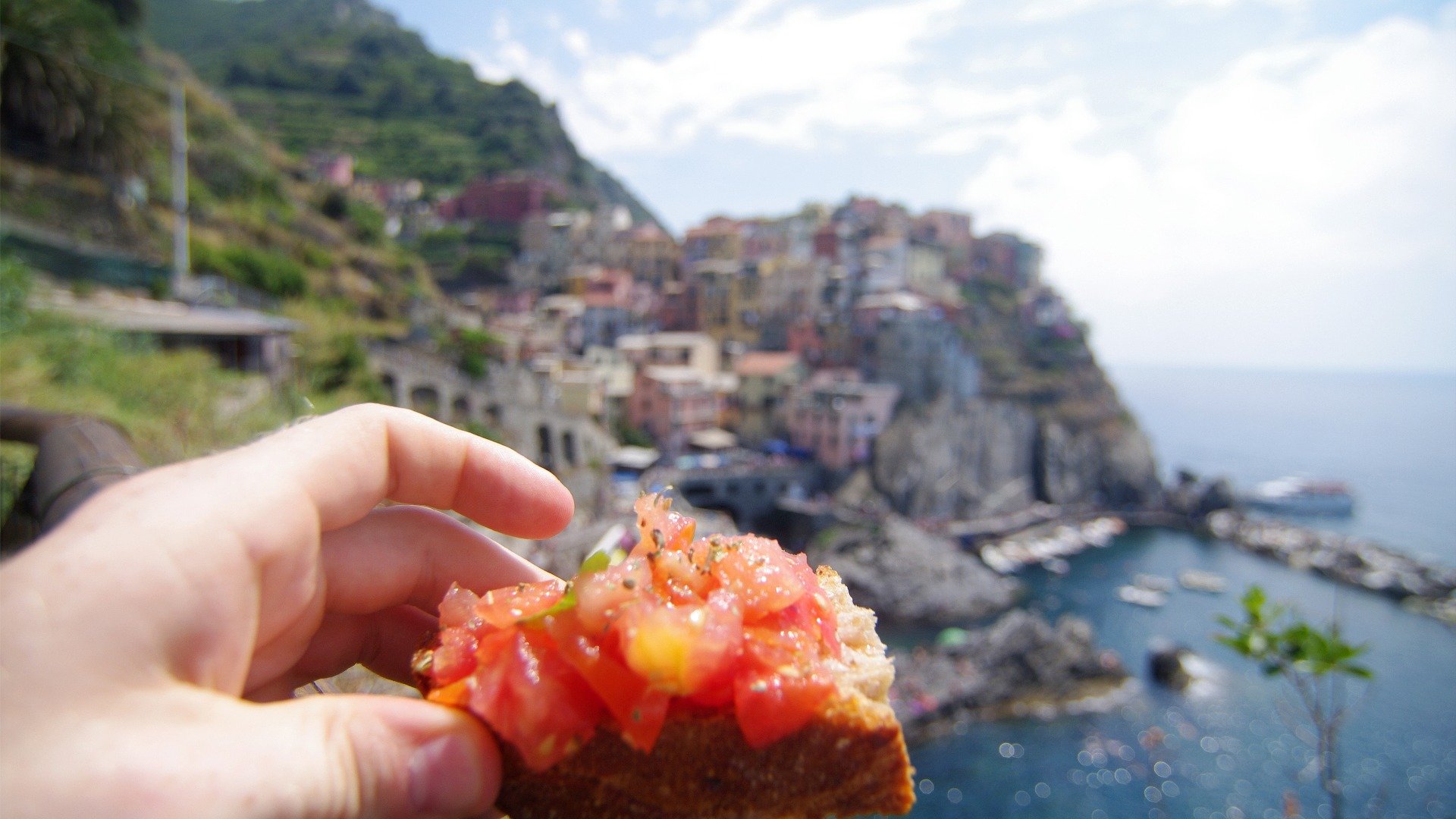
Dessert
To truly experience La Dolce Vita, you must indulge in classic Italian desserts. The most iconic are Tiramisu, Gelato, and Cannoli.
Tiramisu, a coffee-flavored dessert made with Mascarpone cheese, originated in northeast Italy in the 1960s or 1970s. Typically served cold in a round glass, variations may include alcohol, chocolate, or fruits.
Gelato, Italy’s version of ice cream, has a denser texture and lower fat content than traditional ice cream. The original Gelato, Fior di Latte, is unflavored and does not contain eggs. Popular flavors consist of Stracciatella, custard, vanilla, chocolate, hazelnut, almond, and pistachio.
Cannoli, a Sicilian dessert, features fried pastry dough stuffed with sweet Ricotta cheese. Different regions of Sicily offer unique variations, such as Cannoli with candied orange in Palermo or those with pistachios in Catania.

Italian Dining Etiquette & Culture
Italians typically follow a meal routine of breakfast, lunch, and dinner, although breakfast is less significant. This meal can be as simple as a cappuccino with a pastry or even skipped entirely. In contrast, lunch and dinner can extend for hours, especially during weekends, often set amidst families and friends.
A traditional Italian meal typically consists of multiple courses, saved for special occasions like weddings or Christmas. On ordinary days, meals may have fewer courses, but it’s uncommon to have only a single plate.
The usual structure of an Italian meal includes:
- Antipasto: bite-sized appetizers served prior to the meal, like Bruschetta or assorted cheese and meats
- Primo: the first course, often a warm starchy option like pasta, Risotto, or Gnocchi
- Secondo: the second or main course, usually featuring meat or fish alongside potatoes
- Contorno: side dishes, typically a salad or vegetables
- Formaggio e Frutta: a light offering of cheese and fruits
- Dolce: the sweet dessert course, like Tiramisu, often accompanied by coffee
An aperitif may be served before dinner, with a digestif following the meal. These are alcoholic beverages intended to stimulate the appetite (aperitif) or aid digestion (digestif). Common aperitifs include Vermouth, Martini, and Aperol Spritz, while Grappa, Limoncello, and Sambuca serve as popular digestifs.
Dining establishments in Italy are numerous and each serves different purposes. Common options include Agriturismo (a working farm offering local produce), Osteria (serving simple yet high-quality regional food), Panificio (a bakery), Ristorante (more formal dining), and Trattoria (informal, family-run eateries).
Some establishments focus on a specific type of food, like Formaggeria (cheese), Gelateria (gelato), Paninoteca (sandwiches), and Pizzeria (specializing in pizza).
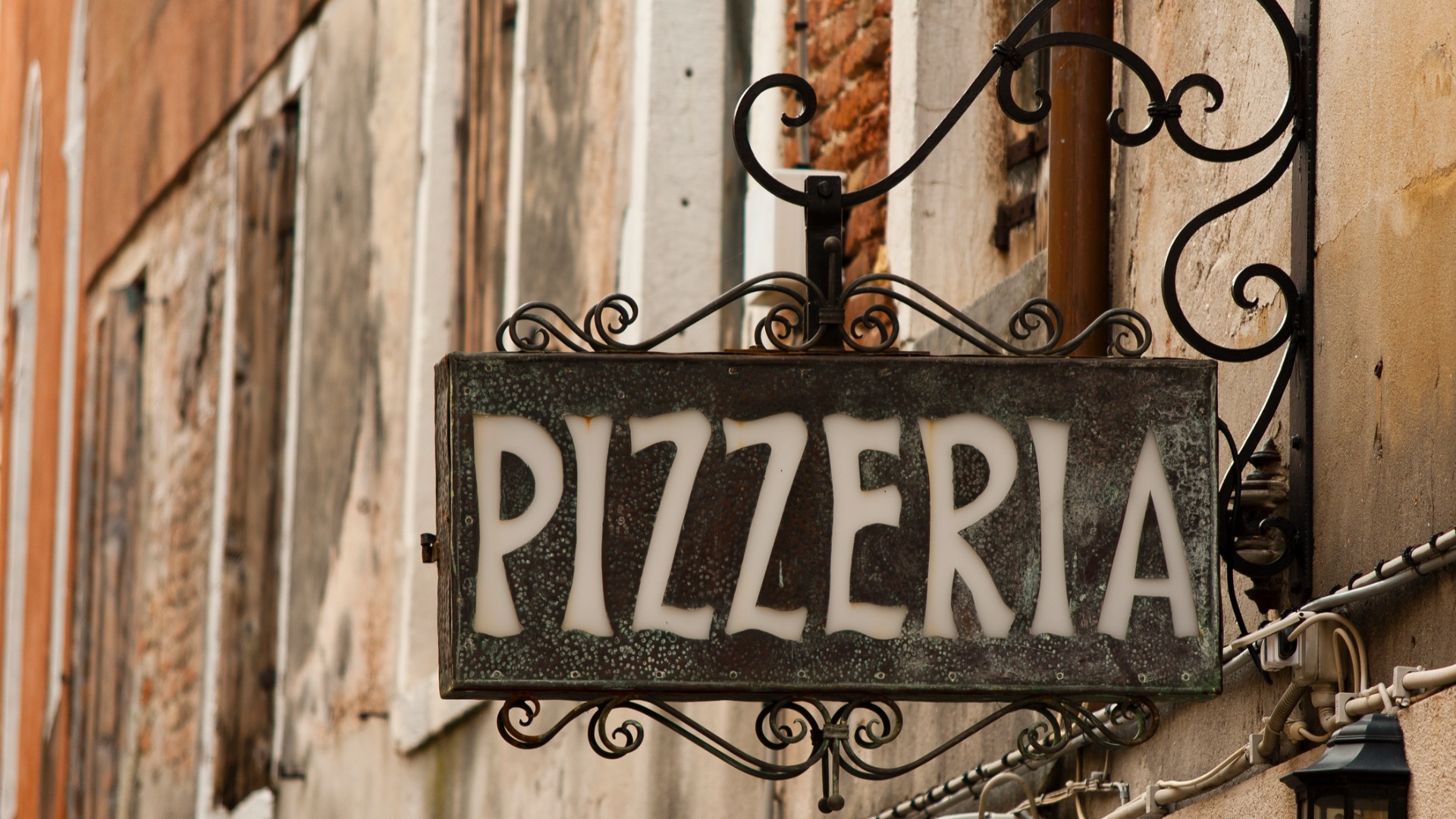
Influence of Italian Cuisine Worldwide
Thanks to migration, travel, and the ease of ingredient importation, Italian cuisine has become a global phenomenon influencing numerous cultures.
In Africa, Italian colonial historical ties, including those in Ethiopia and Eritrea, keep an Italian culinary influence alive. In South Africa, the demand for Italian meats and cheeses continues among the local population, who have also started producing olive oil.
Across Europe, Italy’s impact can be seen in pasta-making methods in Croatia and the cuisines of nearby locales like Nice, Corsica, and Malta. Slovenia and Switzerland also showcase Italian influences in dishes like Ravioli, Gnocchi, Polenta, and Risotto.
Italian immigration to South America and Oceania has also shaped local cuisines, resulting in fascinating fusion dishes, from Sao Paulo’s take on pizza to Venezuelan Lasagna and Australian chicken parm.
The most notable instance of Italian cuisine’s global reach is in the United States, where Italian Americans put a unique twist on traditional recipes. This has led to a rich Italian-American food culture and new regional rivalries, exemplified by the ongoing debate between New York-style pizza and Chicago deep-dish pizza.
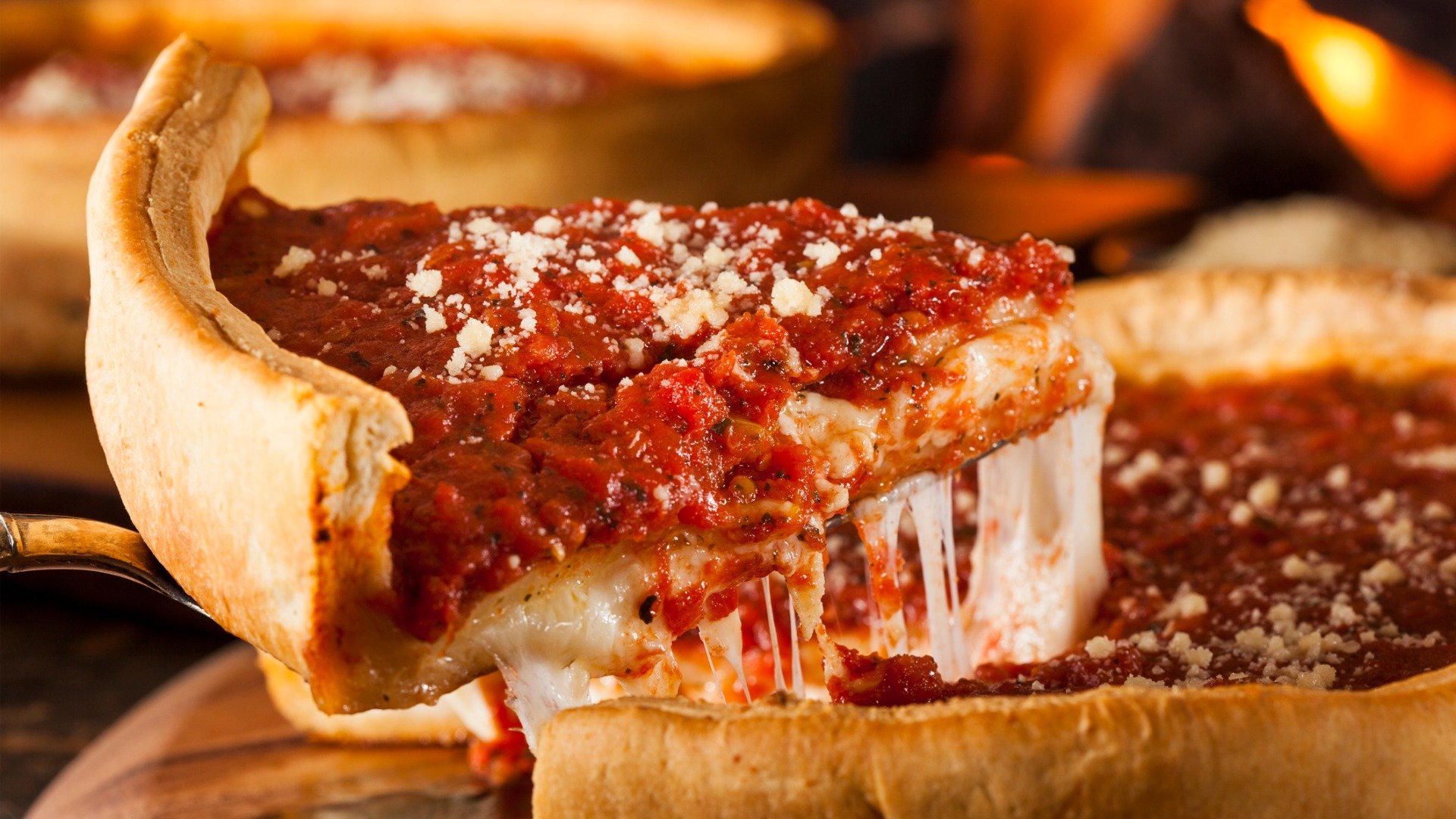
Taste The Best Italian Food With JayWay
We hope this overview of Italian cuisine inspires your dinner plans tonight and your next trip to Italy. While Italian culinary delights can be found worldwide, there’s truly no substitute for experiencing the regional diversity, traditional cooking methods, and genuine joy of Italian dining right here in Italy.
If you want to immerse yourself in Italy’s delectable traditional dishes and explore the rich culinary culture of this extraordinary country, let our expert trip planners create a custom itinerary that caters not only to your taste buds but also appeals to food enthusiasts, art lovers, nature admirers, and anyone yearning for the sweet life.

Born and raised in Athens, Maria has a passion for travel and storytelling, making her role as our content manager an ideal fit.



